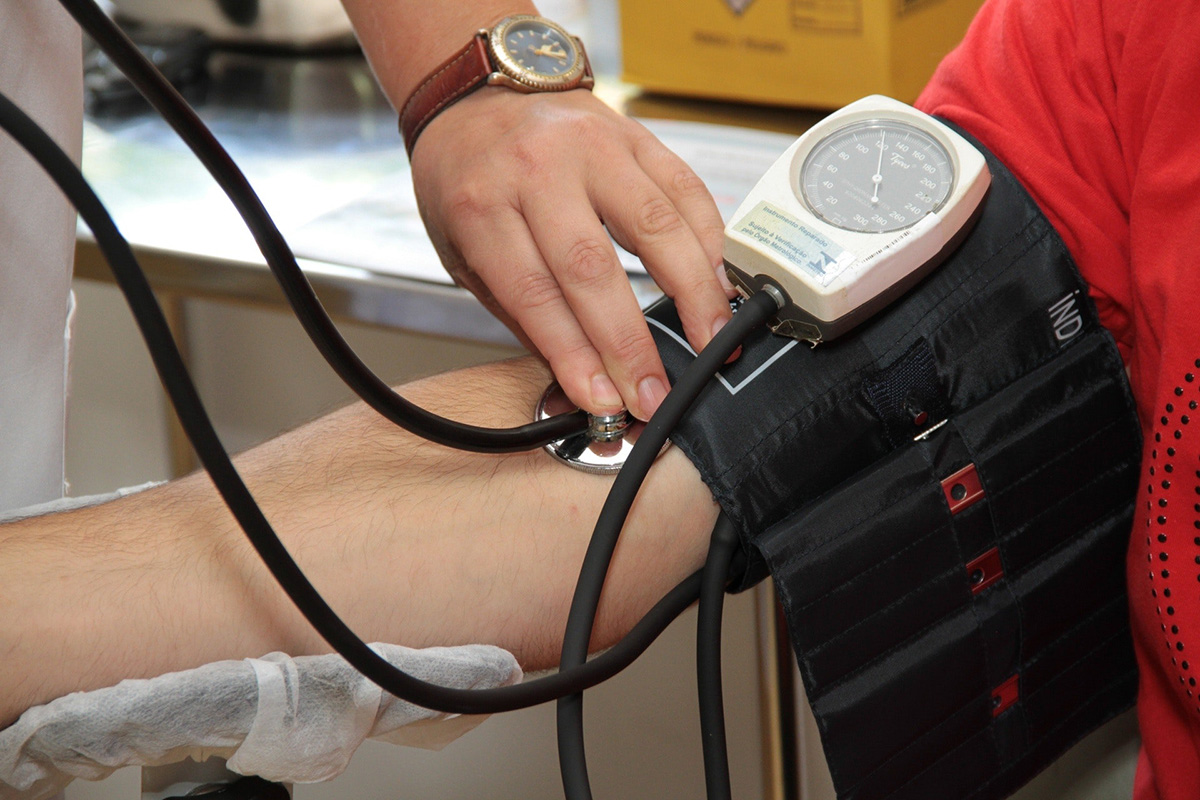 There are some studies that suggest a higher intensity interval workout routine, such as those used by athletes, may be beneficial for patients with heart conditions.
There are some studies that suggest a higher intensity interval workout routine, such as those used by athletes, may be beneficial for patients with heart conditions.
High intensity interval training involves short bursts of intense exercise at 85-95% maximum heart rate. These short bursts are alternated with periods of moderate exercise. This workout method is frequently used by athletes to improve speed and endurance.
If this type of training were to be recommended for heart patients it’d be a change from the standard protocol of steady aerobic exercise at 70% maximum heart rate. This lower level of intensity is intended to work the heart without risking chest pain, heart attack, or other complication.

 Do you understand the importance of being regularly active to promote heart health? However, you know this and still remain sedentary? Is this because the thought of exercise makes you think of a gym membership, spandex, and everyone watching you try to use equipment you have no idea how to work? Well, here’s an alternative.
Do you understand the importance of being regularly active to promote heart health? However, you know this and still remain sedentary? Is this because the thought of exercise makes you think of a gym membership, spandex, and everyone watching you try to use equipment you have no idea how to work? Well, here’s an alternative. In 2010 rural Mississippi had the most obese residents for the 7th year in a row. This is according to an annual obesity report published by two public health groups.
In 2010 rural Mississippi had the most obese residents for the 7th year in a row. This is according to an annual obesity report published by two public health groups.
 The National Institutes of Health stopped a clinical trial studying a blood lipid treatment 18 months early. The study found that adding high dose, extended release niacin to statin treatment for patients with heart disease did not reduce cardiovascular events, such as heart attacks and strokes.
The National Institutes of Health stopped a clinical trial studying a blood lipid treatment 18 months early. The study found that adding high dose, extended release niacin to statin treatment for patients with heart disease did not reduce cardiovascular events, such as heart attacks and strokes. There are many factors that play a role in your risk for heart disease and diabetes. These factors include diet, physical activity, smoking, weight, age, sex, ethnicity, and so on. Genetics is a factor that plays a role.
There are many factors that play a role in your risk for heart disease and diabetes. These factors include diet, physical activity, smoking, weight, age, sex, ethnicity, and so on. Genetics is a factor that plays a role.

